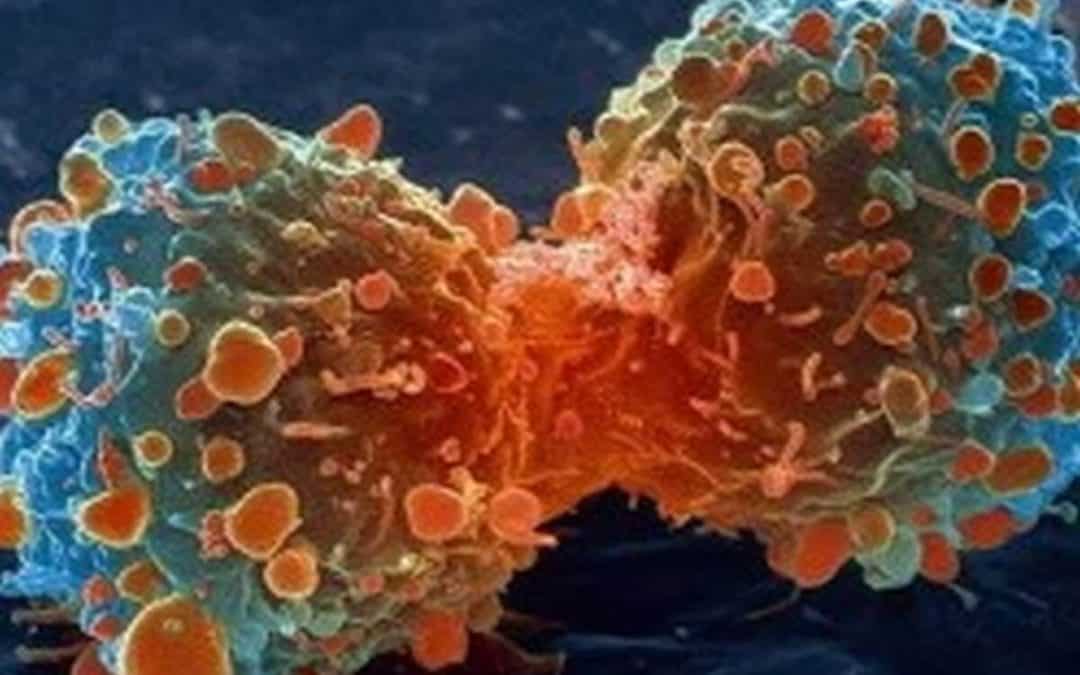Global data indicates that more than 14 million people develop cancer every year and projections are that it will rise to at least 21 million by 2030. Around two-third of the deaths are in the low-middle income groups where diagnosis is inadequate and treatment is delayed. Cancer accounts for more deaths worldwide than AIDS, malaria, and tuberculosis combined.
From an Indian perspective, a report published by the Indian Institute of Health Management Research (IIHMR University), indicates that the Indian population is amongst the most vulnerable to cancer and that a drastic change in lifestyle is the principal contributor. Conservative estimates are that by the year 2021 over 7 crore Indians are likely to suffer from one or the other type of cancer. This increase in the number of cancer patients will be associated with a proportionate increase in the death rates. Estimates are that on a relative grade, it will be four to six times higher than that in the US.
From a gender perspective, the cancers of head and neck, lung, colorectal, stomach, and liver are the five most frequent in men; while for women cancer of breast, cervix, ovary, head and neck and lung were common. Cancers of head and neck, lungs and prostate in males and cervix and breast in females account for over 50 per cent of all cancer deaths in India. One of the major reasons for the rise in these particular cancers is increase in tobacco and alcohol consumption and a sedentary lifestyle.
If cancer is detected in the early stages there is a very high chance of survival. If detected early (first stage) most often there is an 85 per cent chance of complete cure; while in stage 2 there is 60 per cent chance of cure and survival for 5 years. However the most disturbing aspect is that most cancers are diagnosed late and treatment of an advanced cancer is difficult. Worse, almost 71 per cent of all cancer related deaths are occurring in the productive age group of 30 to 69 years and that the socioeconomic impact is on the patient, their families and the country.
The incidence of head and neck cancer are very high in the whole of the region and attributable to smoking and alcohol consumption. The incidence of head and neck, esophageal and gastric cancers are high in people who are smokers, chewers and alcoholics. Cancer of nasopharanx nasal cavity and hypopharynx is more in snuff users, while cancer of oral cavity was in greater numbers in gutka and pan chewers.
The incidence of cervical cancer is higher proportion among women from rural areas while breast and endometrial cancers are high in the women living in the cities. The most disturbing trends observed is that unlike in the bygone decades, women of younger age and of pre menopausal status are being detected with breast, ovaries, endometrial cancers, with at times women in the late twenties and early thirties too developing the disease. In this regard, we have observed at MIO that most women diagnosed with breast cancer are in the age group of between 41 to 50 years, and more than 80% of the Indian patients are younger than 60 years of age. When compared to women from the Western countries the age of onset of cancer is less, as in USA and other European countries the majority of breast cancer patients are in their 60s and 70s. Similar observations are also observed in men especially for prostate, colon, liver and gastric cancers.
The main reason for this is unlike in the last century, diet of people living in cities are changing and processed eatables like sausages, pizza, burgers (the so-called “junk foods”) are making inroads into people’s houses and appetites. The worrying fact is that World Health Organization has recently classified processed meats (sausages, hot dogs, bacon) as possible cancer causing agents and stated that red meat could “probably” increase one’s risk for cancer (mainly colorectal and possibly pancreatic and prostate cancer). This increase in consumption of junk food along with a rise in tobacco, alcohol consumption and sedentary lifestyle has increased the incidence of obesity a major cause for heart disease, diabetes and cancer.
Avoiding tobacco products, staying at a healthy weight, staying active throughout life, and eating a healthy diet may greatly reduce a person’s lifetime risk of developing or dying from cancer. Diet rich in vitamin C (like lemon oranges), beta-carotene (papaya, carrots, gourd), green leafy vegetable and whole grains [like jowar (millet), ragi (finger millet), bajra (pearl millet), wheat, whole rice] decreases the risk of cancer. Kickstart a healthy lifestyle with diet change, and regular exercise as these same behaviors are also linked with a lower risk of developing heart disease and diabetes. Additionally knowing cancer symptoms and a regular health check up for prostate, oral, breast and cervical cancers is useful.
The 18 common symptoms of cancer:
1. Persistent cough or blood-tinged saliva
2. A change in bowel habits
3. Blood in the stool
4. Unexplained anemia (low blood count)
5. Breast lump or breast discharge
6. Lumps in the testicles
7. A change in urination
8. Blood in the urine
9. Hoarseness
10. Persistent lumps or swollen glands
11. Obvious change in a wart or a mole
12. Indigestion or difficulty in swallowing
13. Unusual vaginal bleeding or discharge
14. Unexpected weight loss, night sweats, or fever
15. Continued itching in the anal or genital area
16. Non healing sores
17. Headaches
18. Back pain, pelvic pain, bloating, or indigestion



